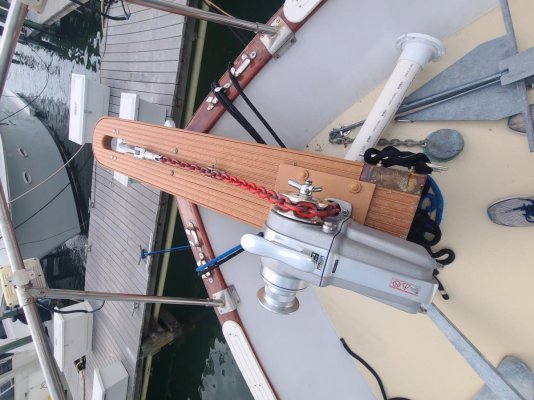jclays
Senior Member
Sorry long winded title.
I am posting this in open forum rather than the Mainship forum because I am looking for broader ideas.
That said I know what the permanent fix is for the Mainship 350/390 swim platform taking on water and soaking the foam inside. Rather than tear the platform open, remove the foam reseal the platform and install hatches that I find ugly. I am looking at a dewatering solution that I can perform several times a year depending on the amount of water that actually seeps inside the swim platform.
I was thinking if I can drill/cut a hole in each compartment (3) large enough for a hose of sorts attached to a pump and pump out the water in each compartment on a regular basis. Maybe a vacuum type pump that could pull water from the foam after it removes any standing water. Then install a hole plug and every twice a year repeat the dewatering process. I am right now not interested in the permanent fix but rather just to de-water the compartment.
What say you
Thanks in advance
Jim
I am posting this in open forum rather than the Mainship forum because I am looking for broader ideas.
That said I know what the permanent fix is for the Mainship 350/390 swim platform taking on water and soaking the foam inside. Rather than tear the platform open, remove the foam reseal the platform and install hatches that I find ugly. I am looking at a dewatering solution that I can perform several times a year depending on the amount of water that actually seeps inside the swim platform.
I was thinking if I can drill/cut a hole in each compartment (3) large enough for a hose of sorts attached to a pump and pump out the water in each compartment on a regular basis. Maybe a vacuum type pump that could pull water from the foam after it removes any standing water. Then install a hole plug and every twice a year repeat the dewatering process. I am right now not interested in the permanent fix but rather just to de-water the compartment.
What say you
Thanks in advance
Jim

